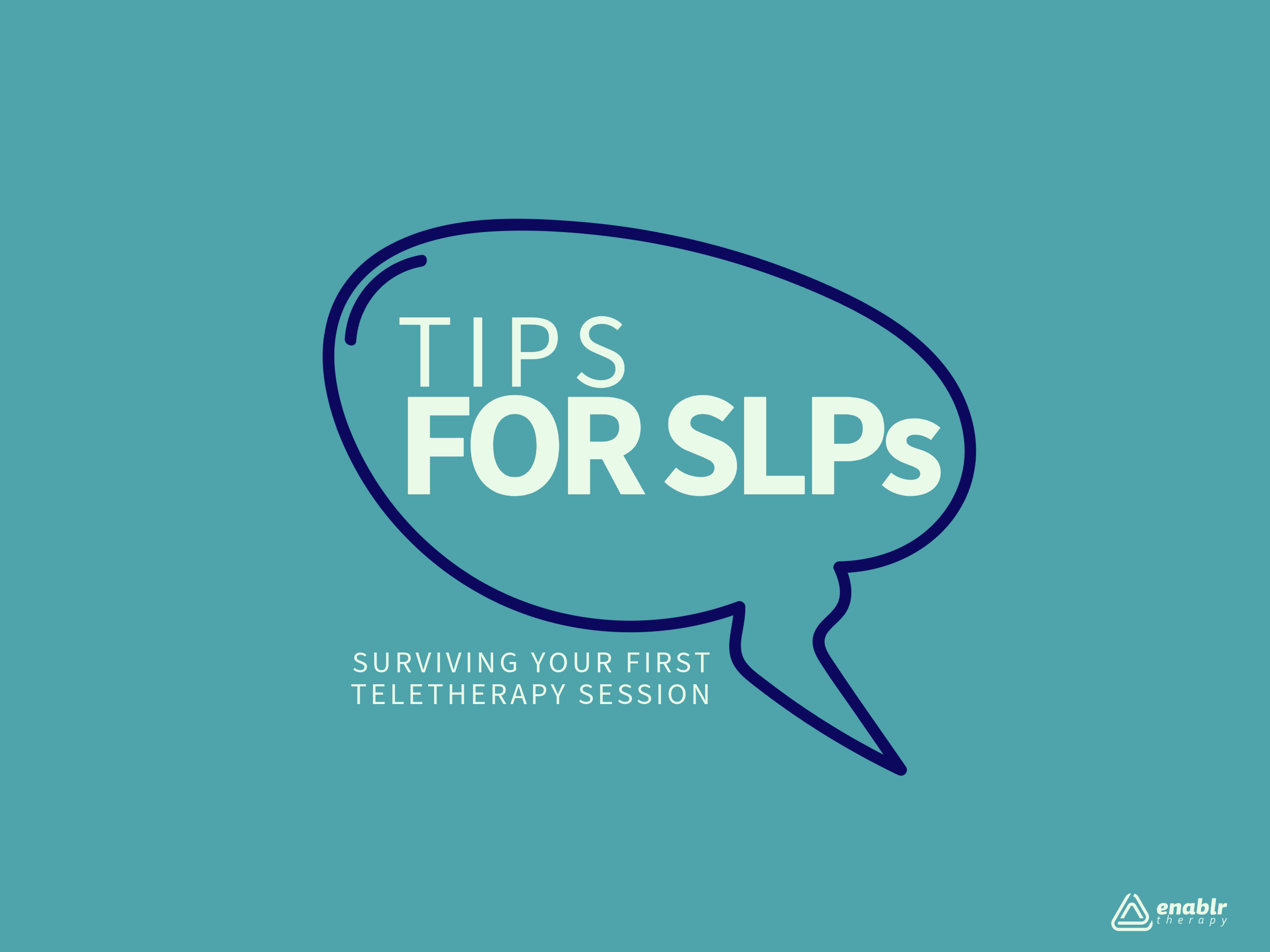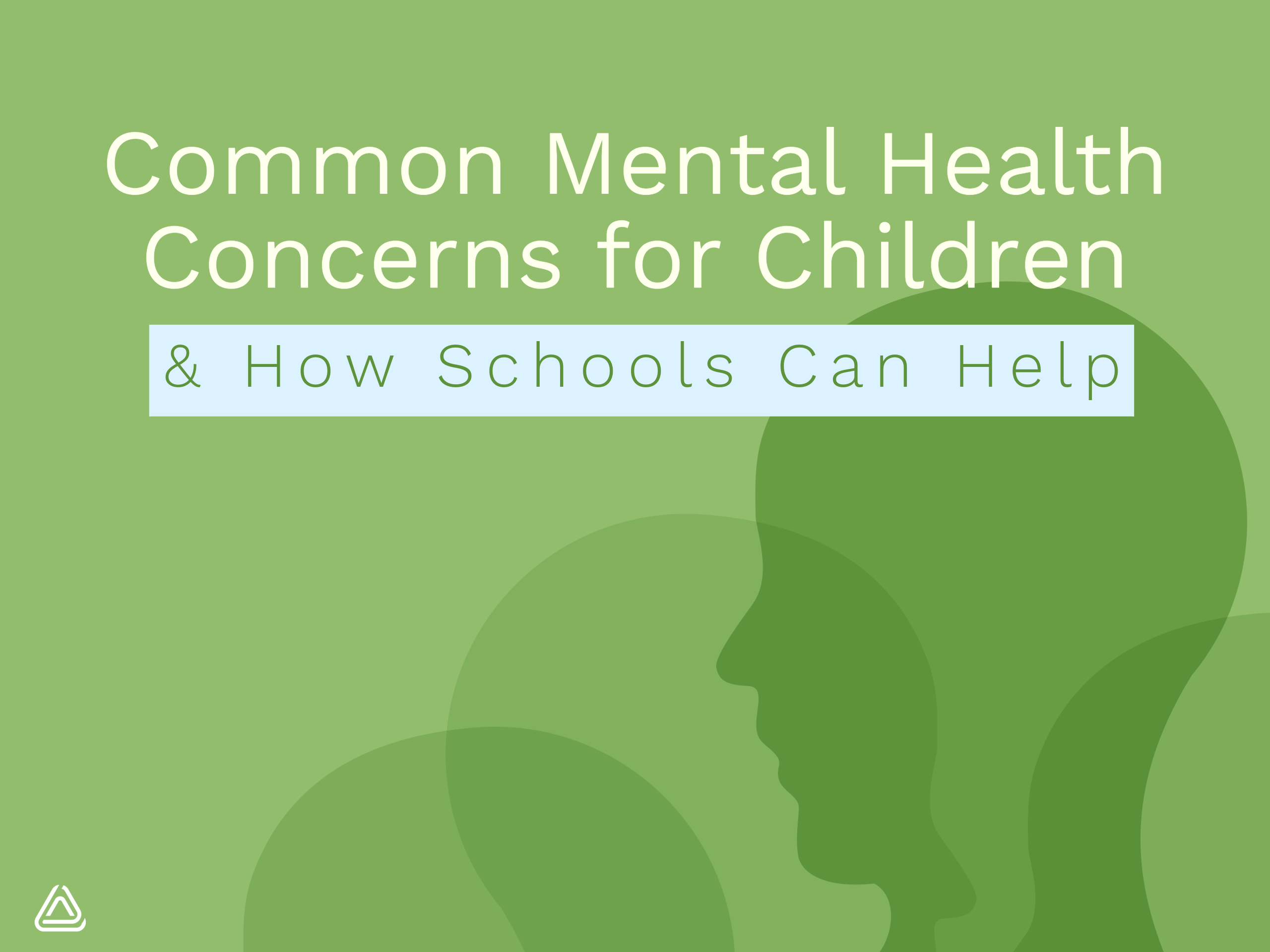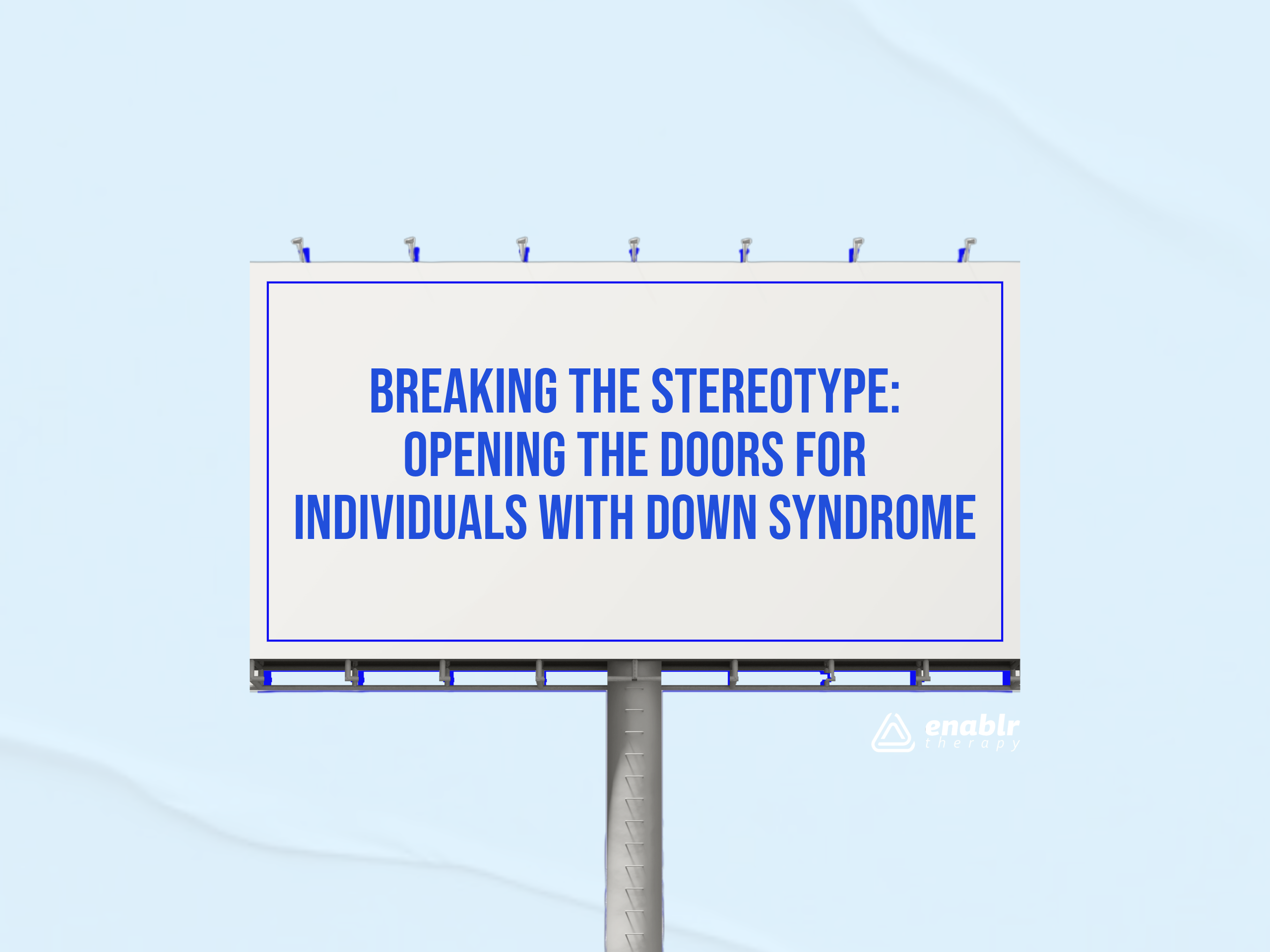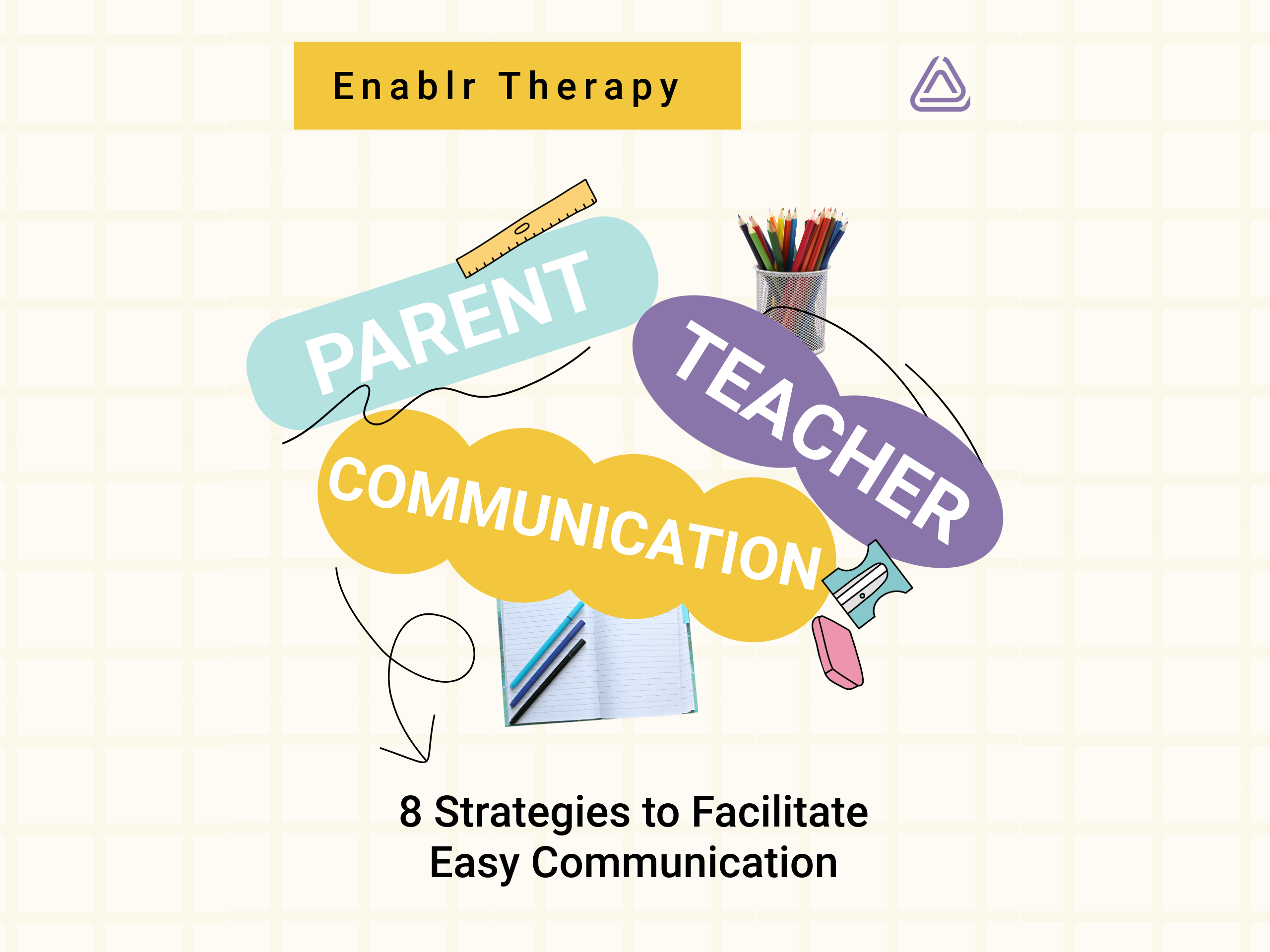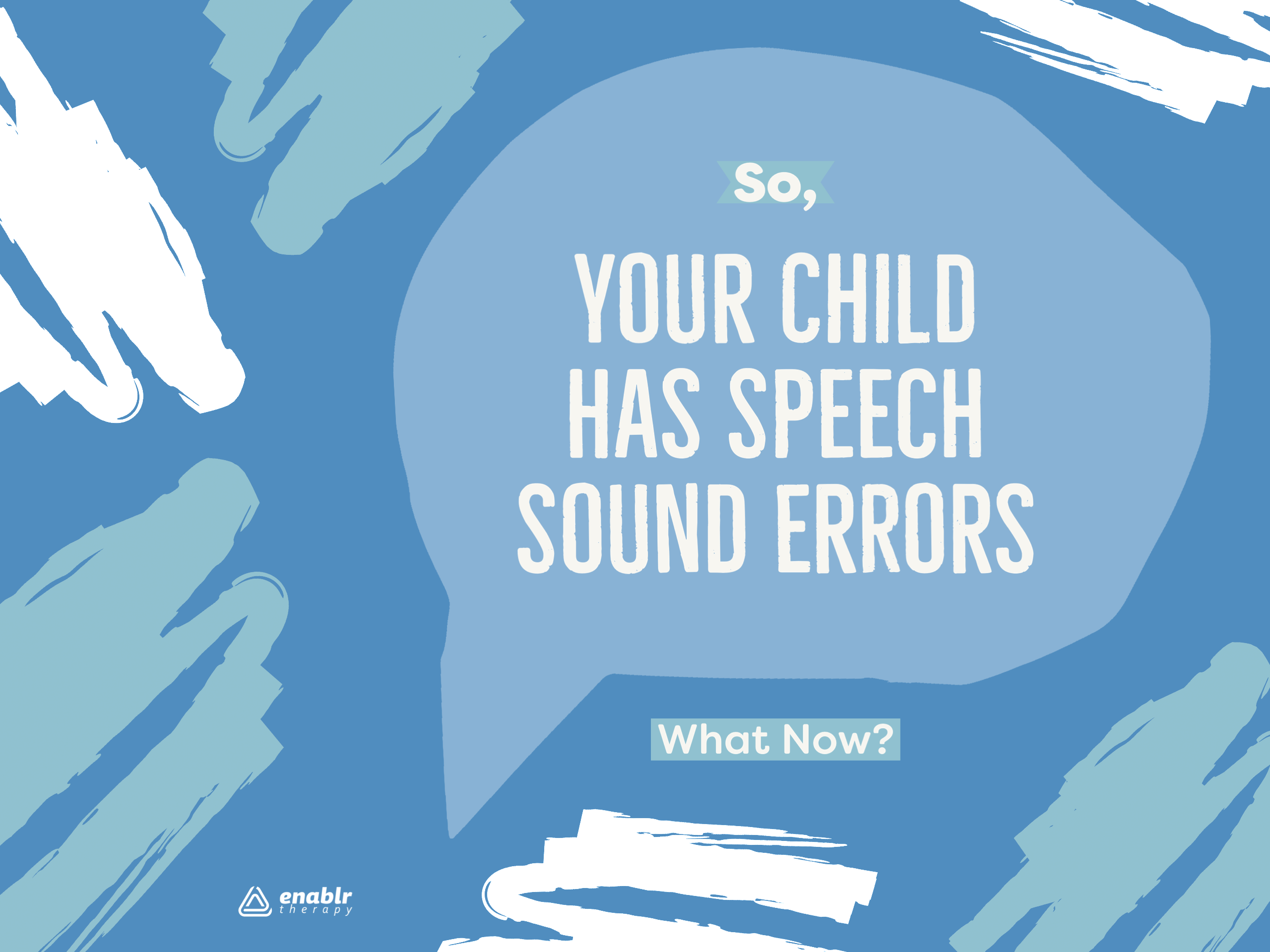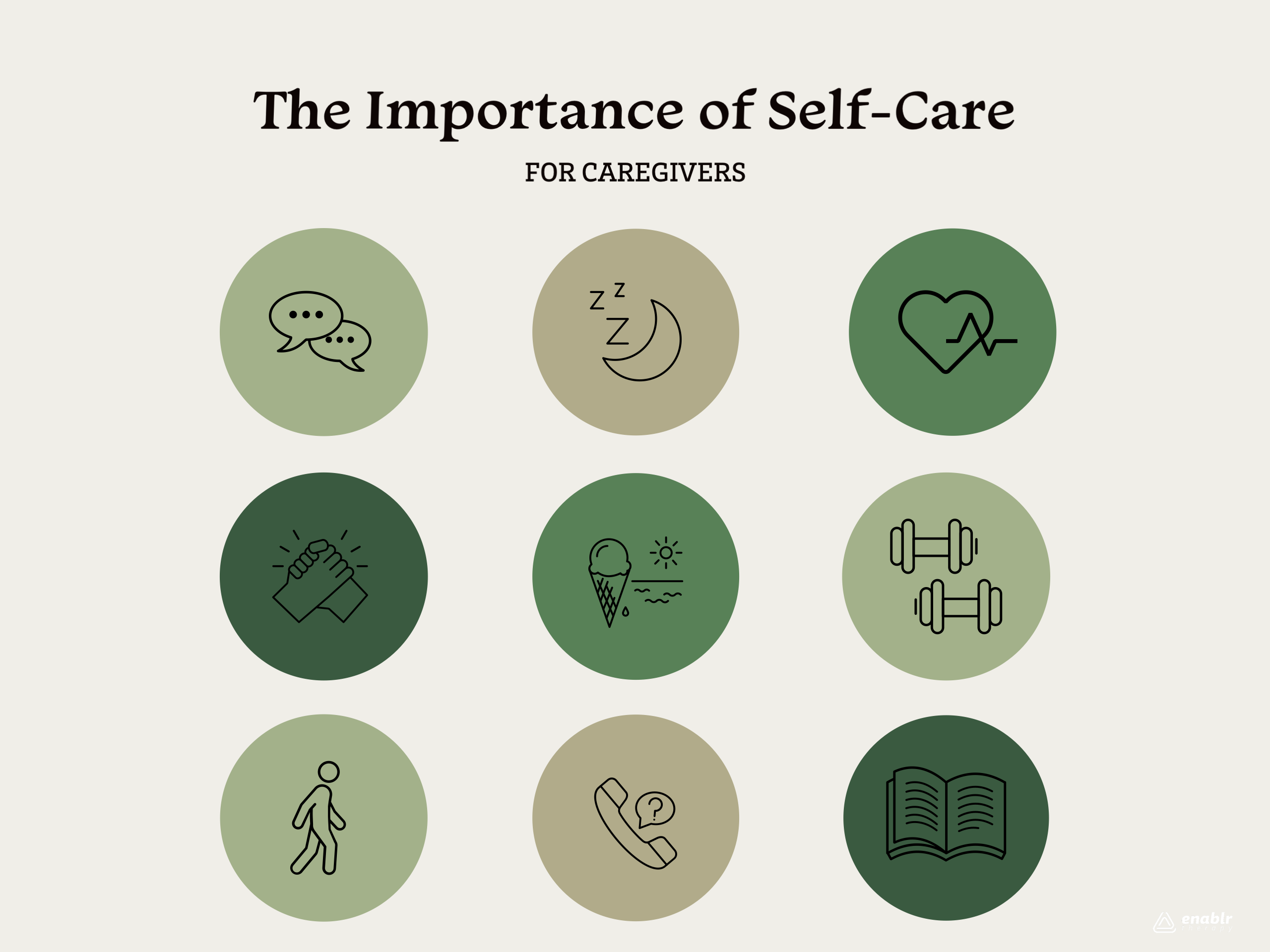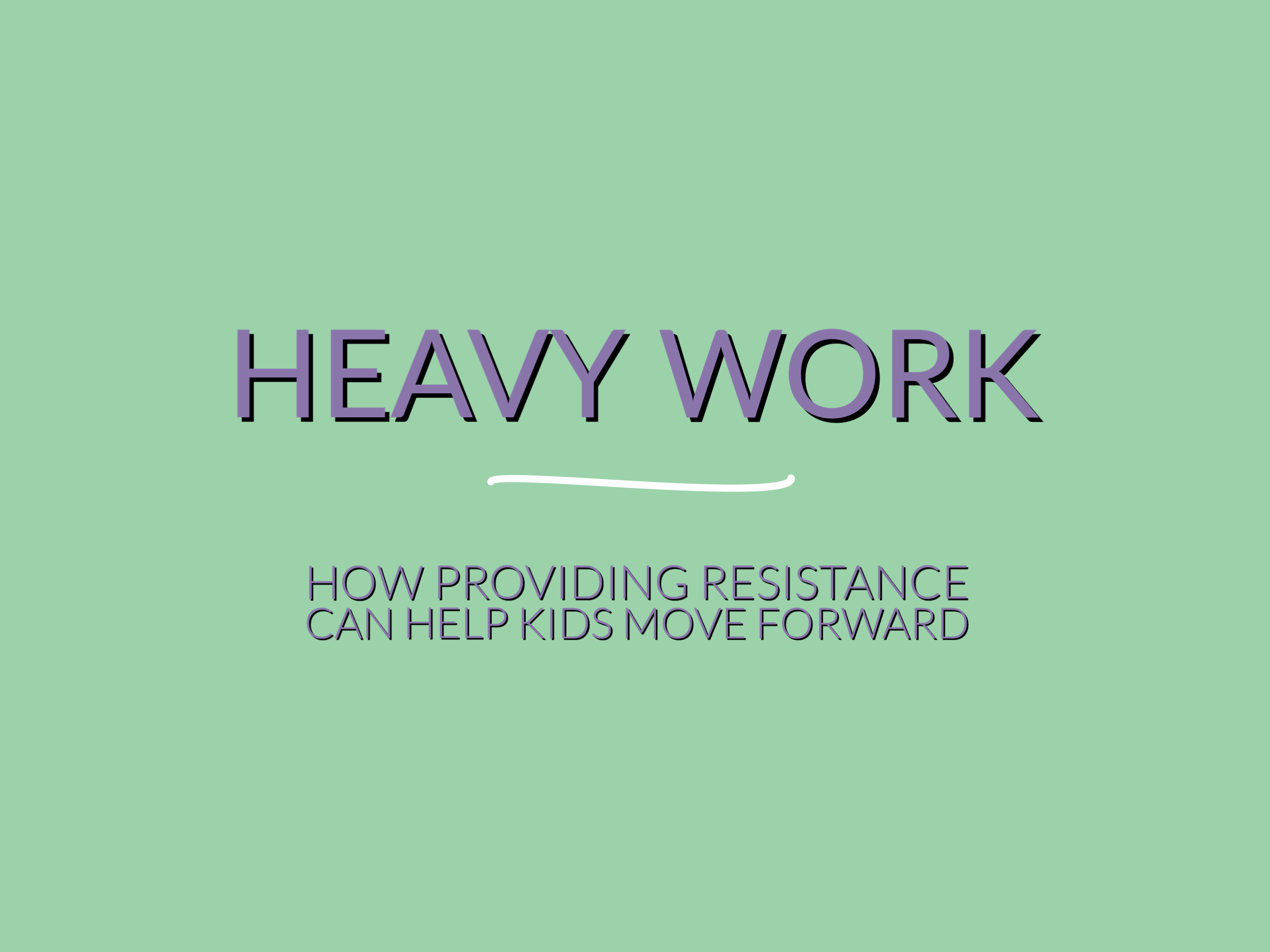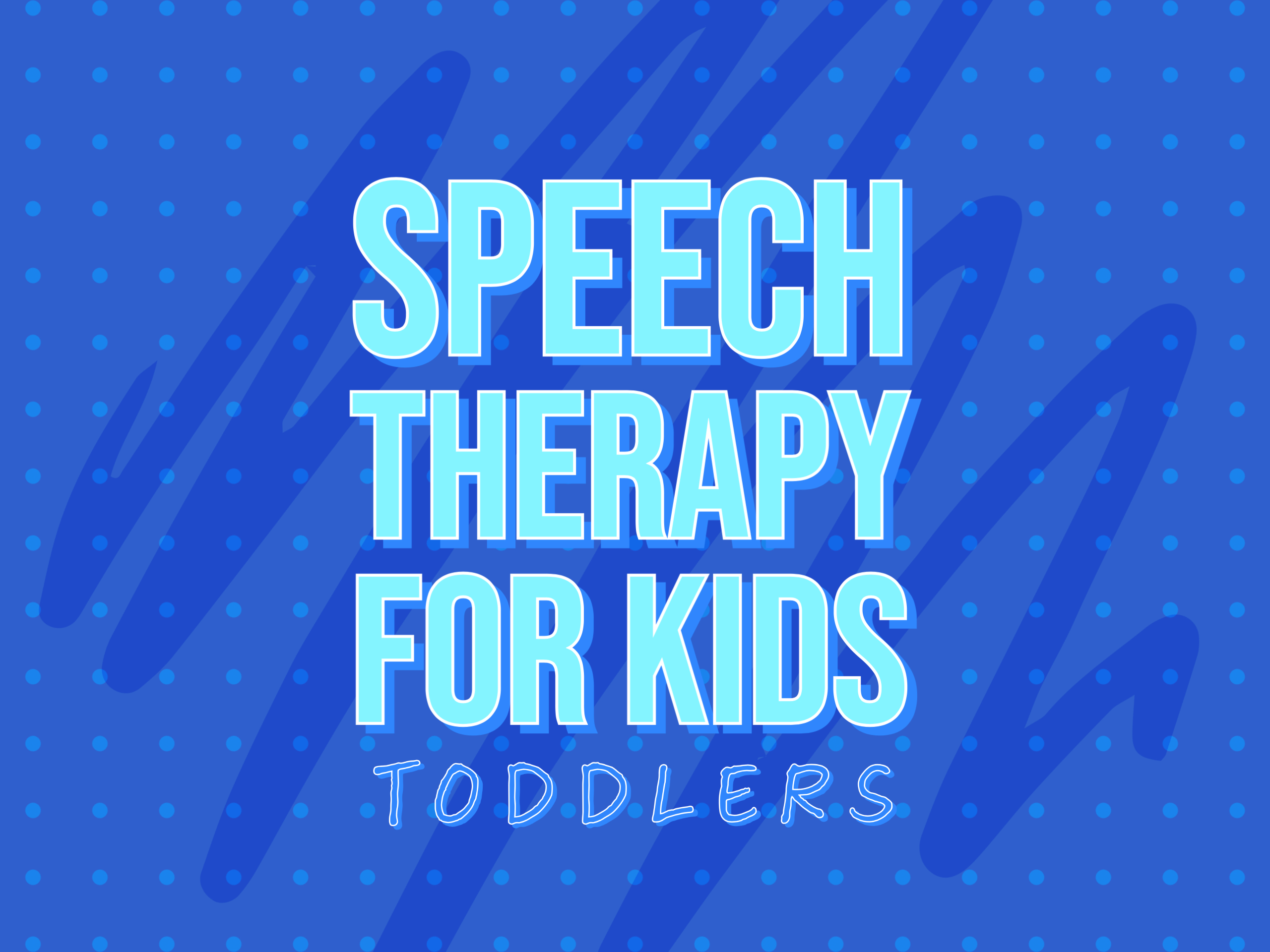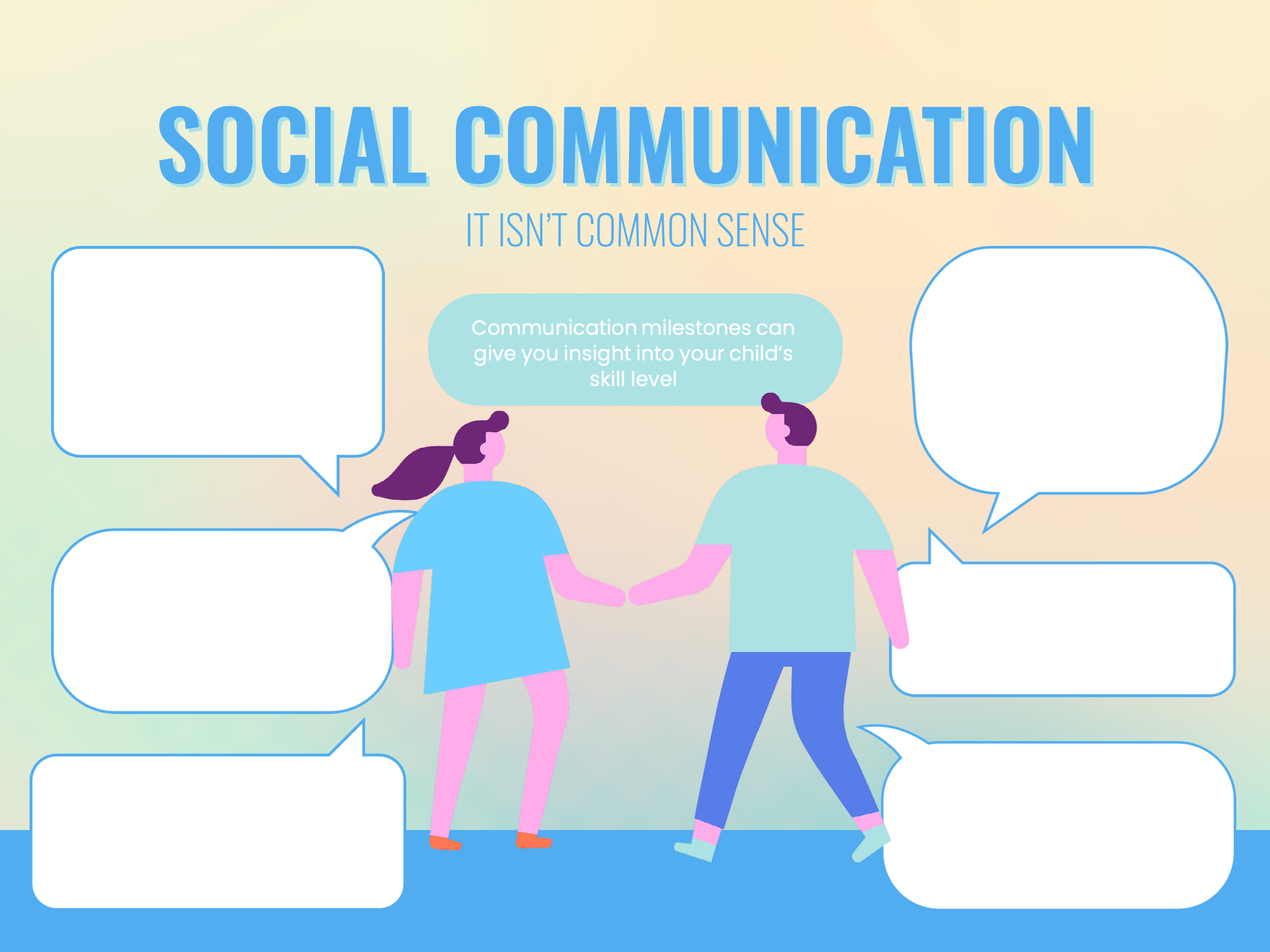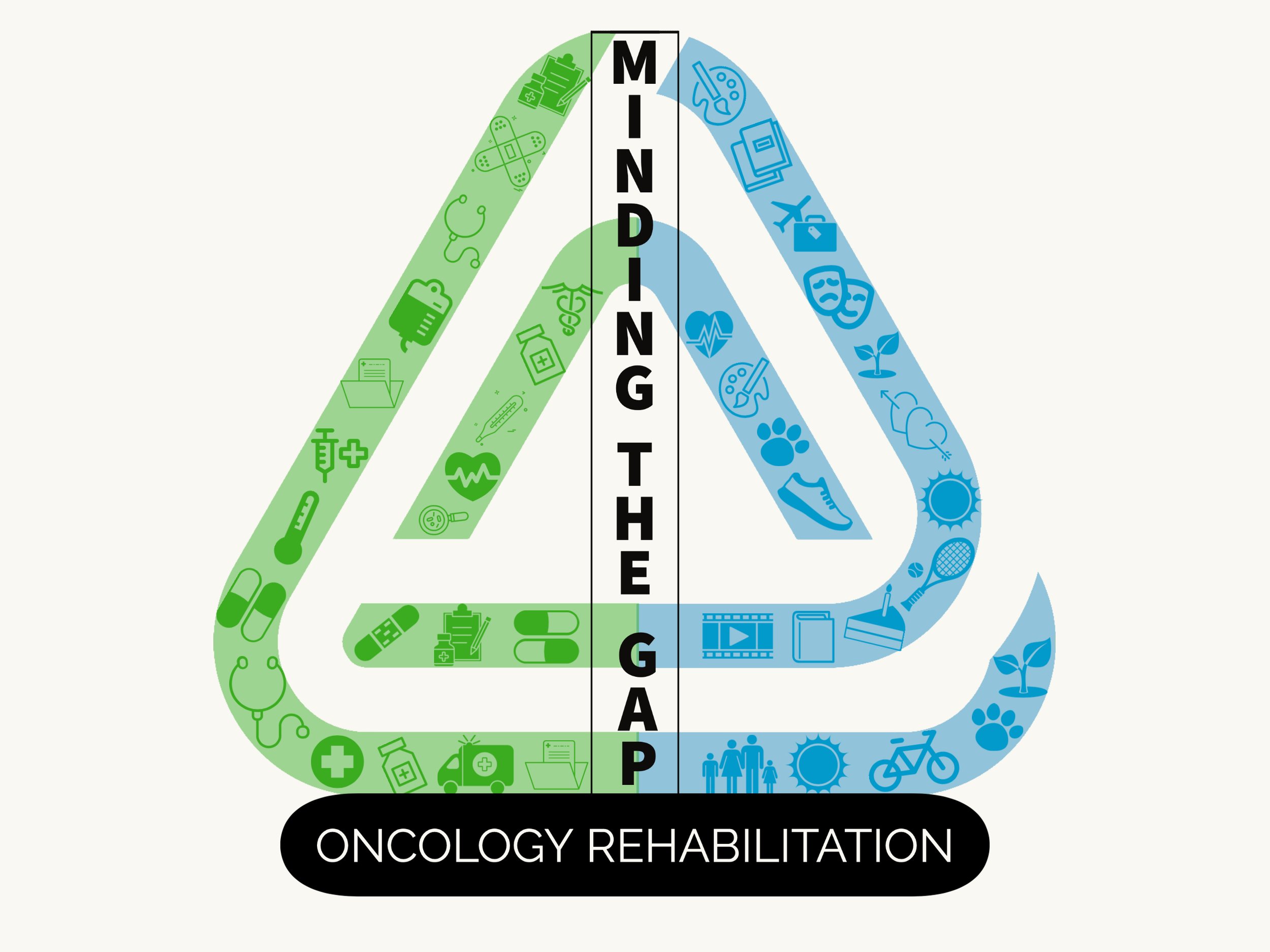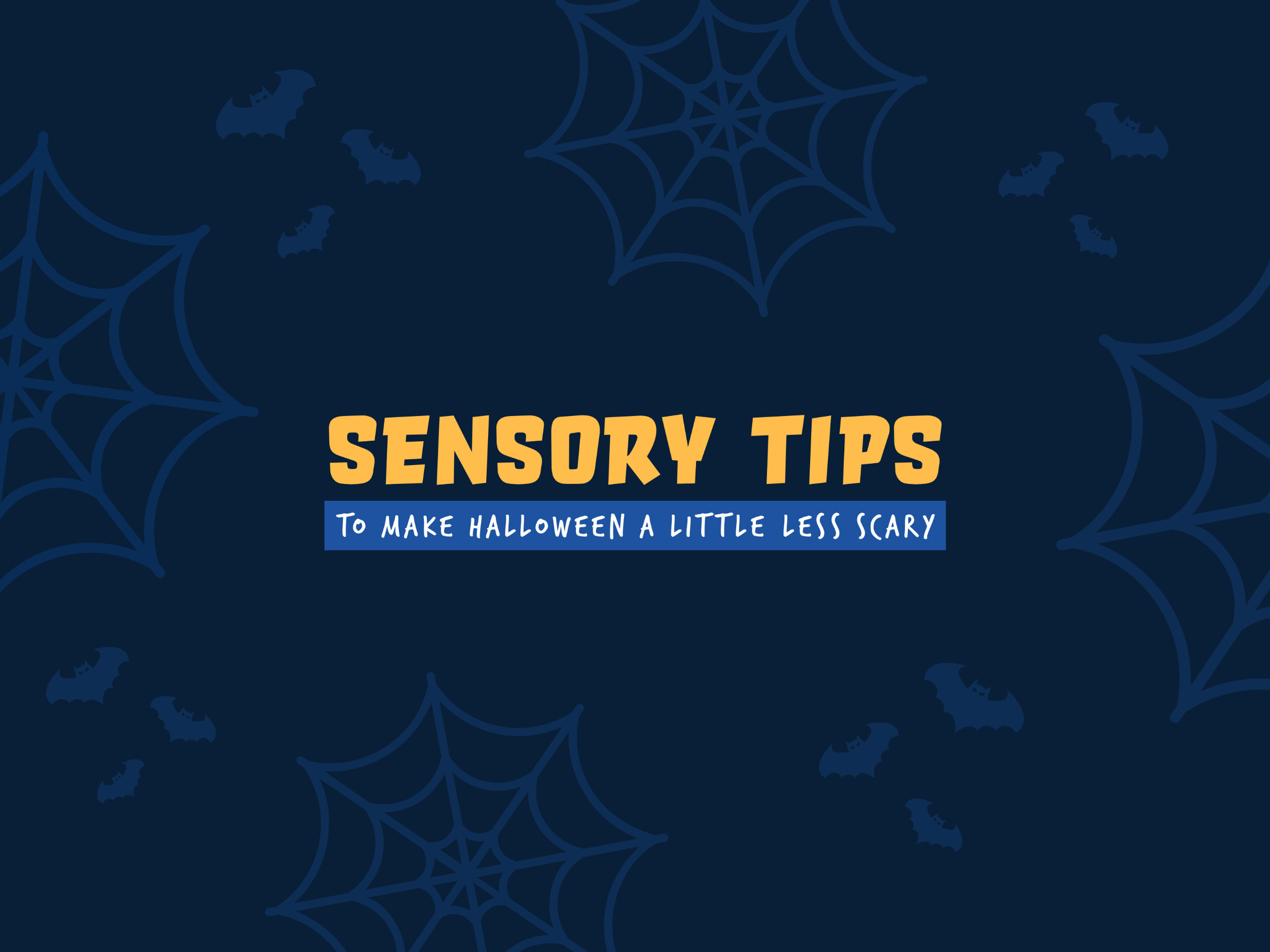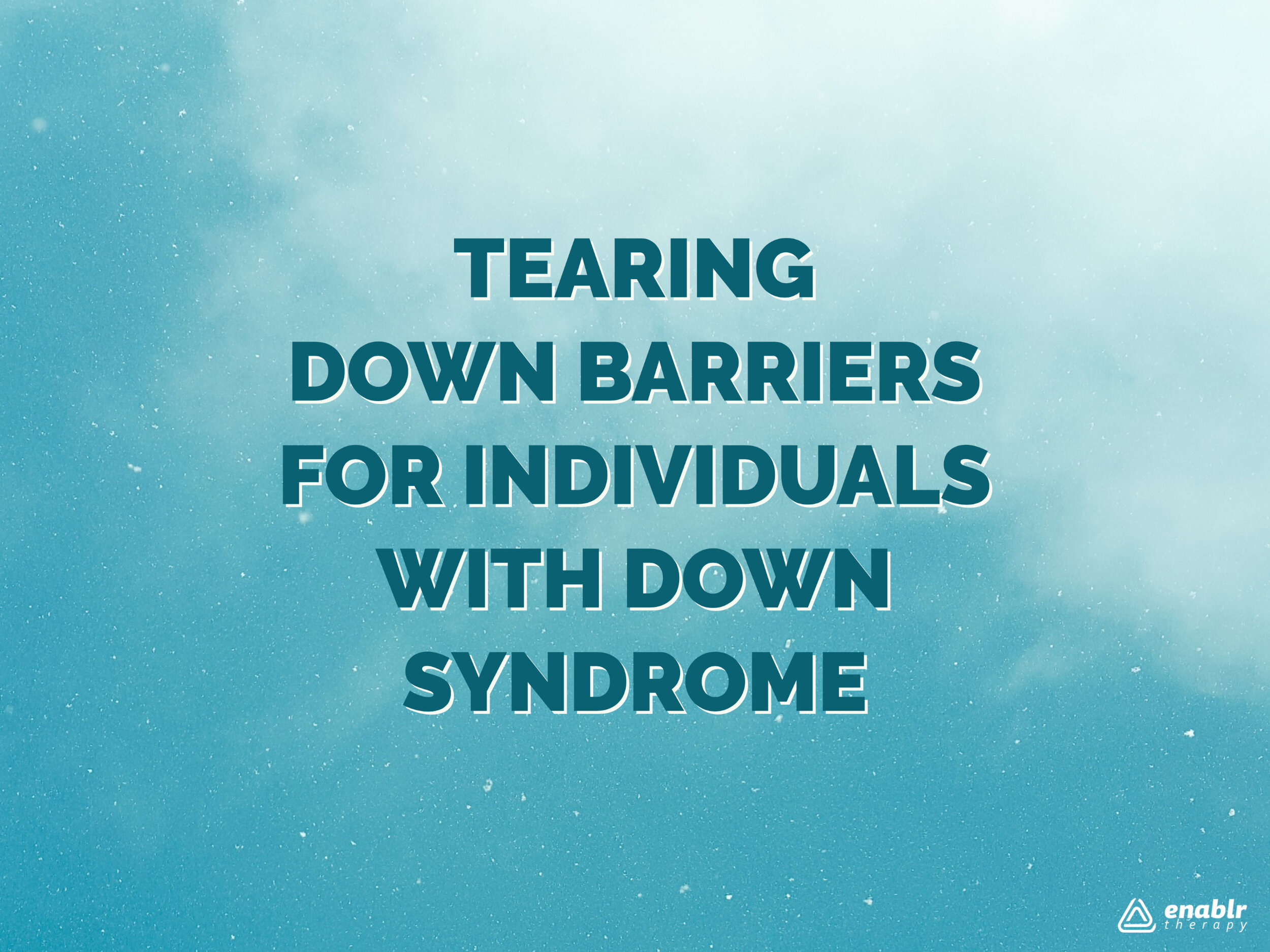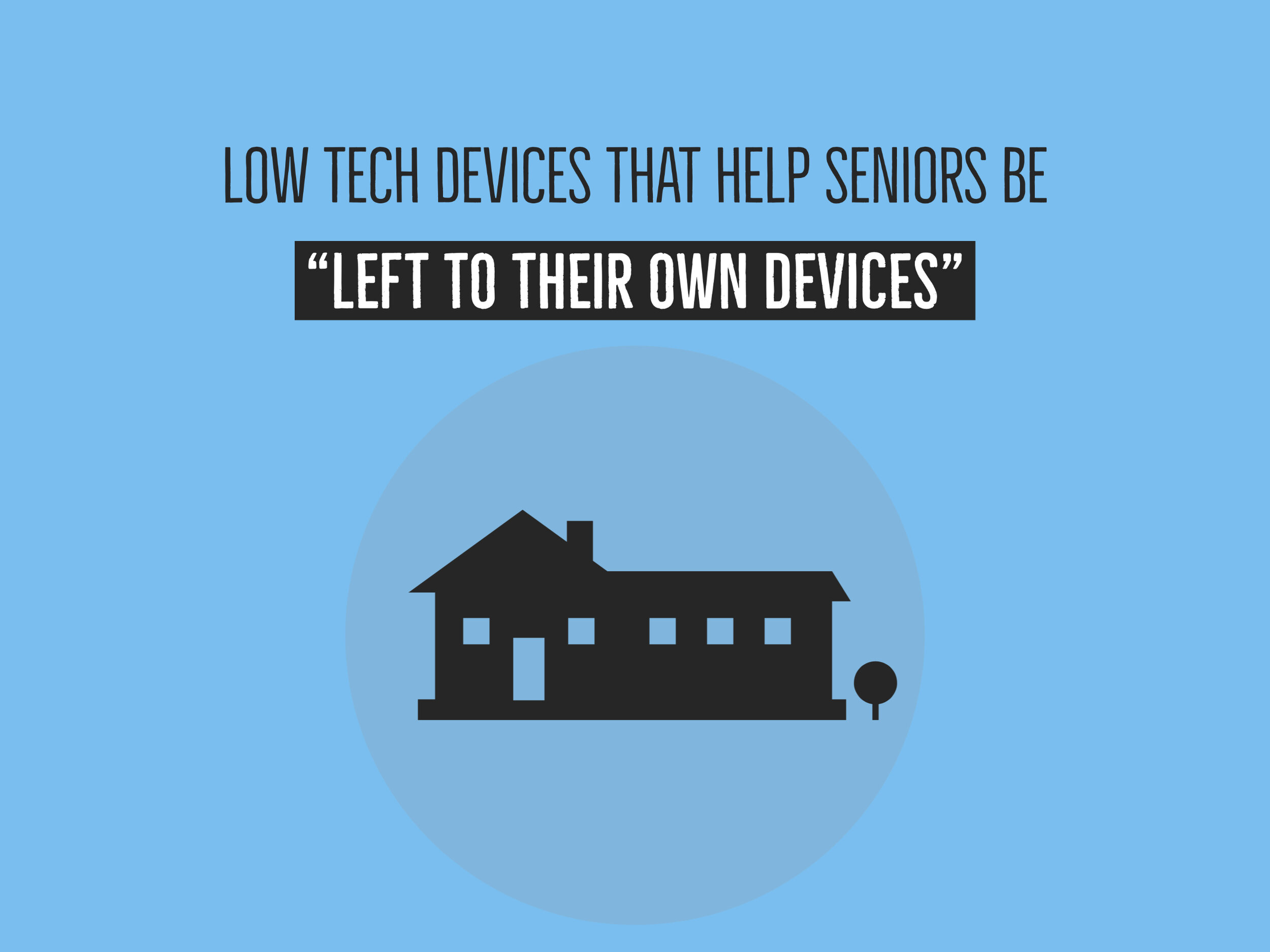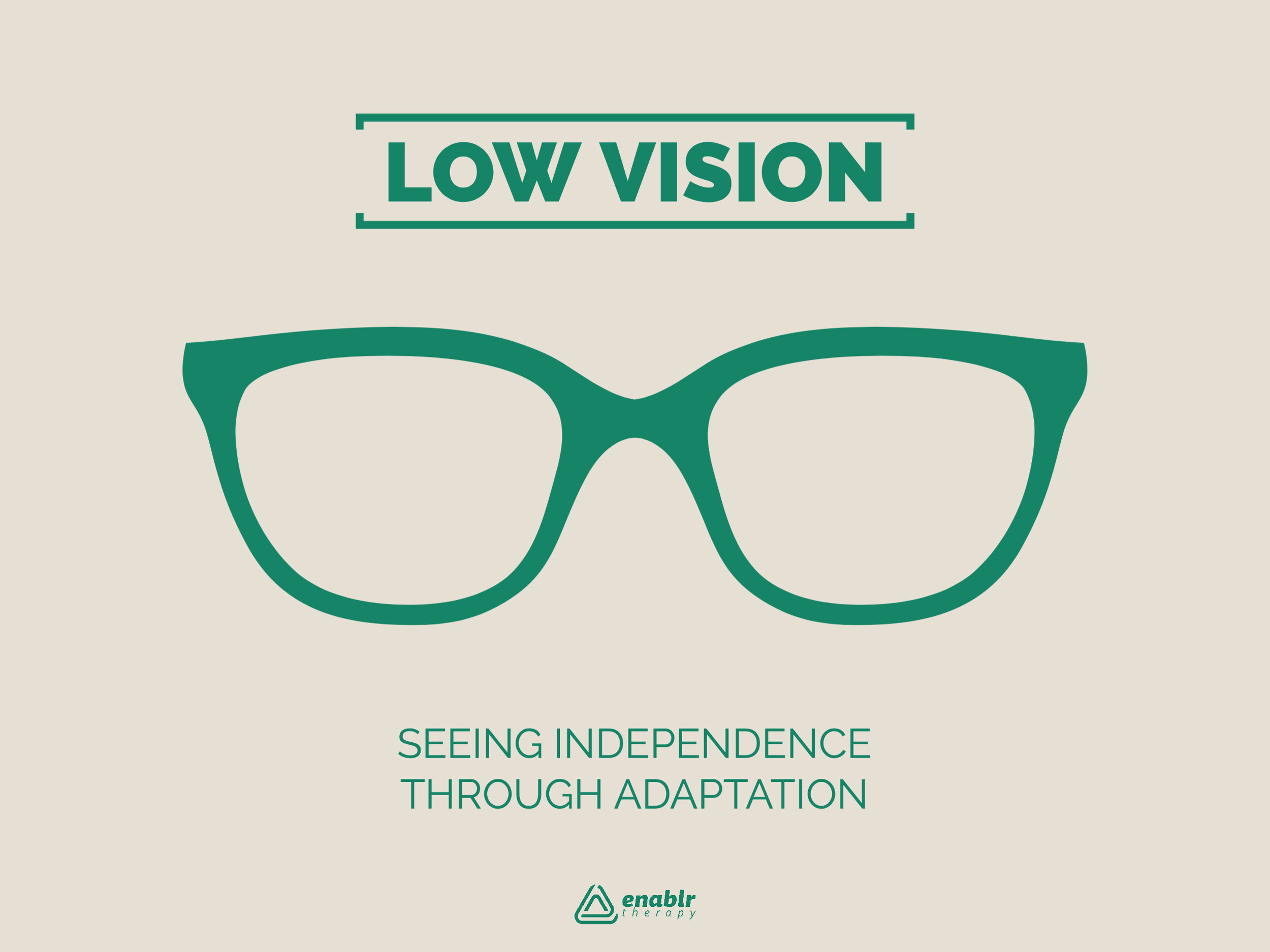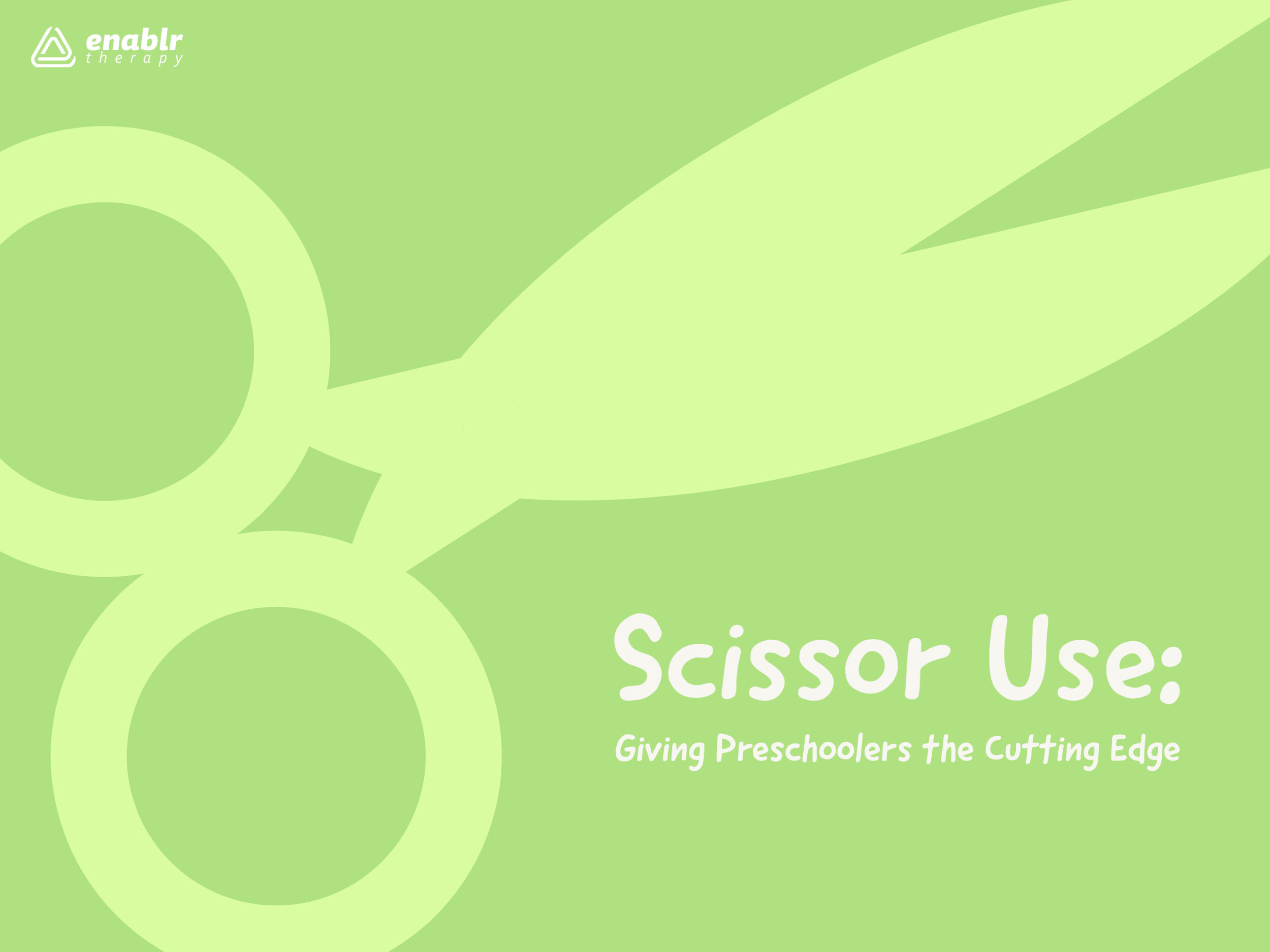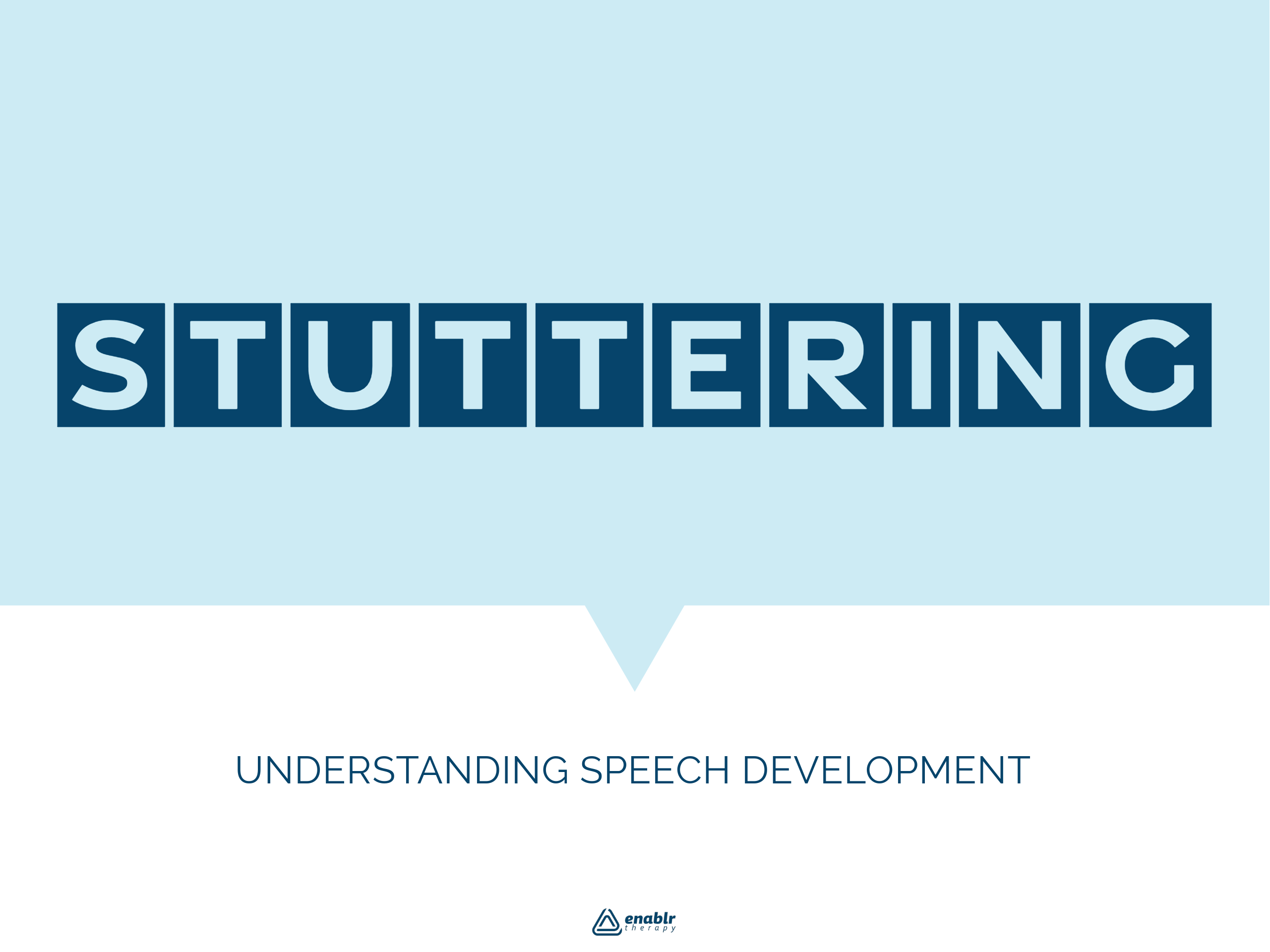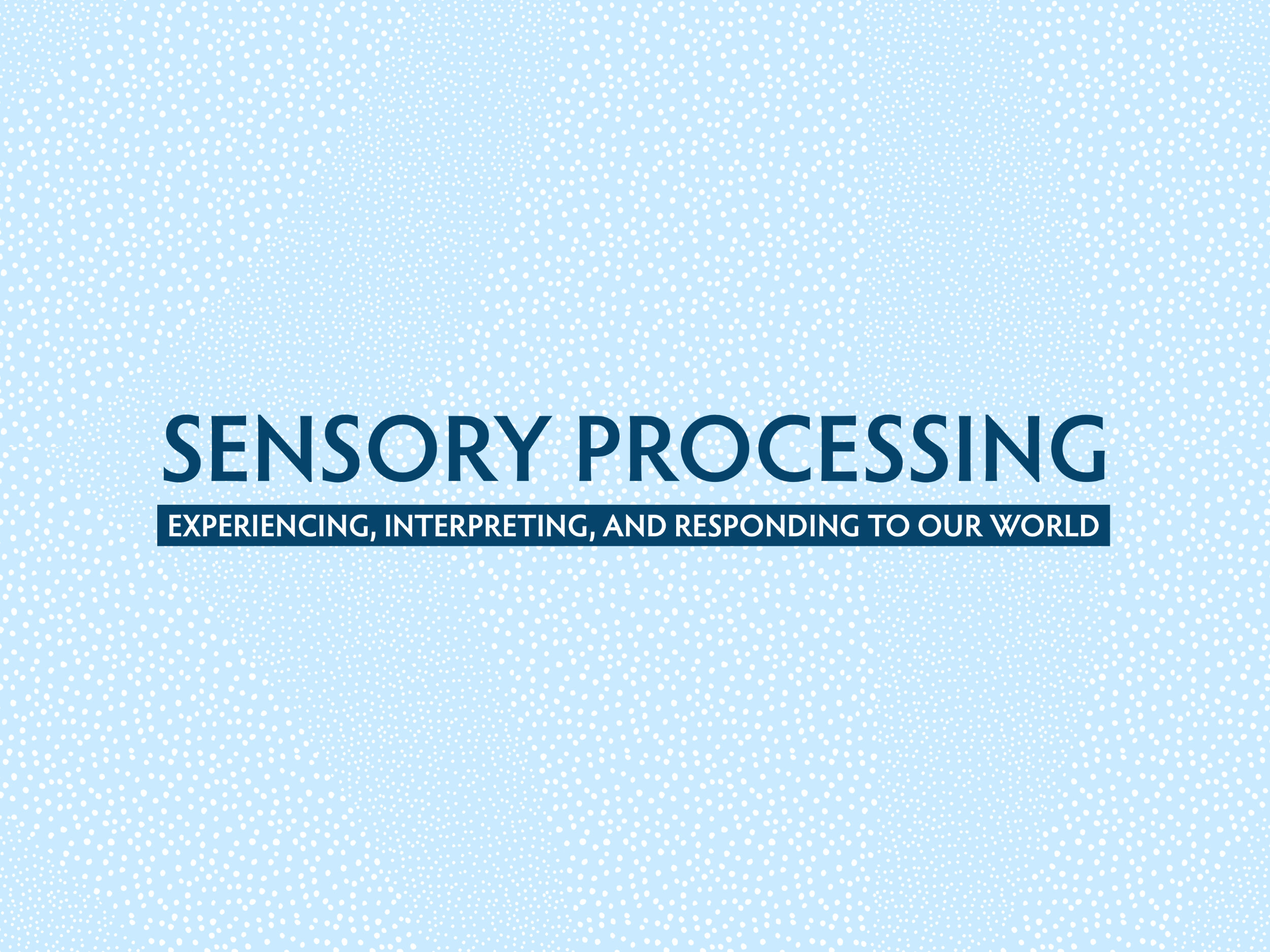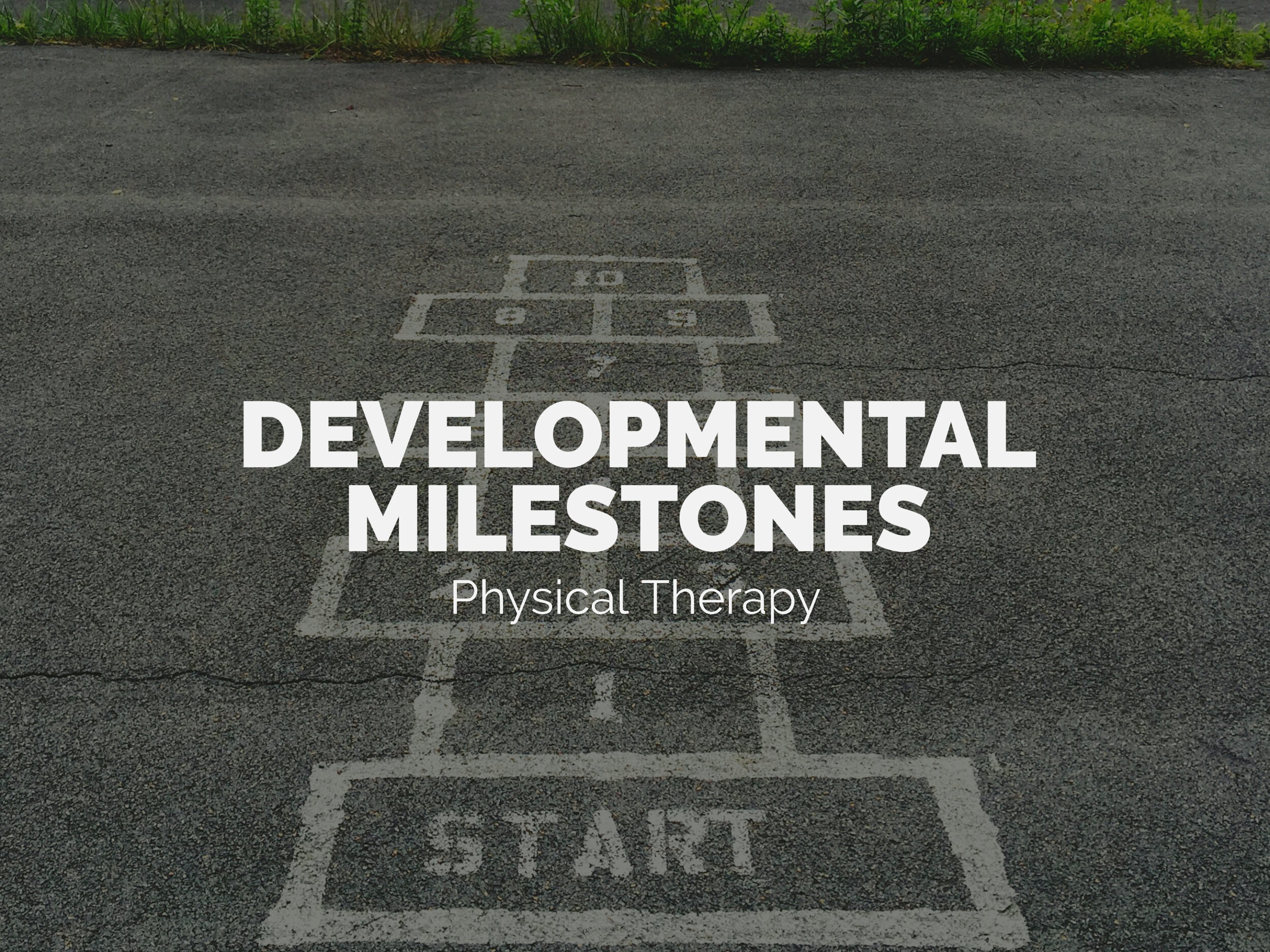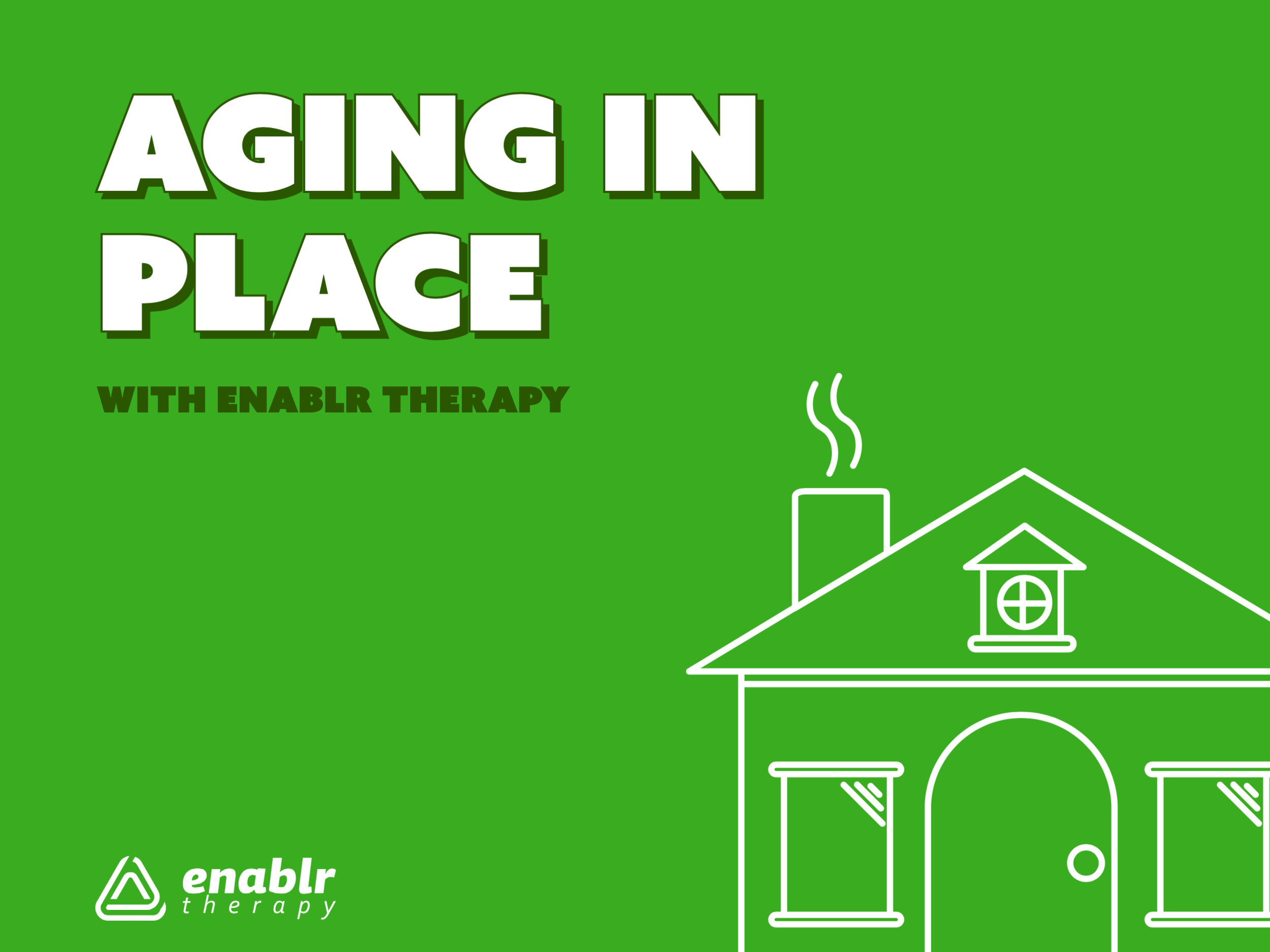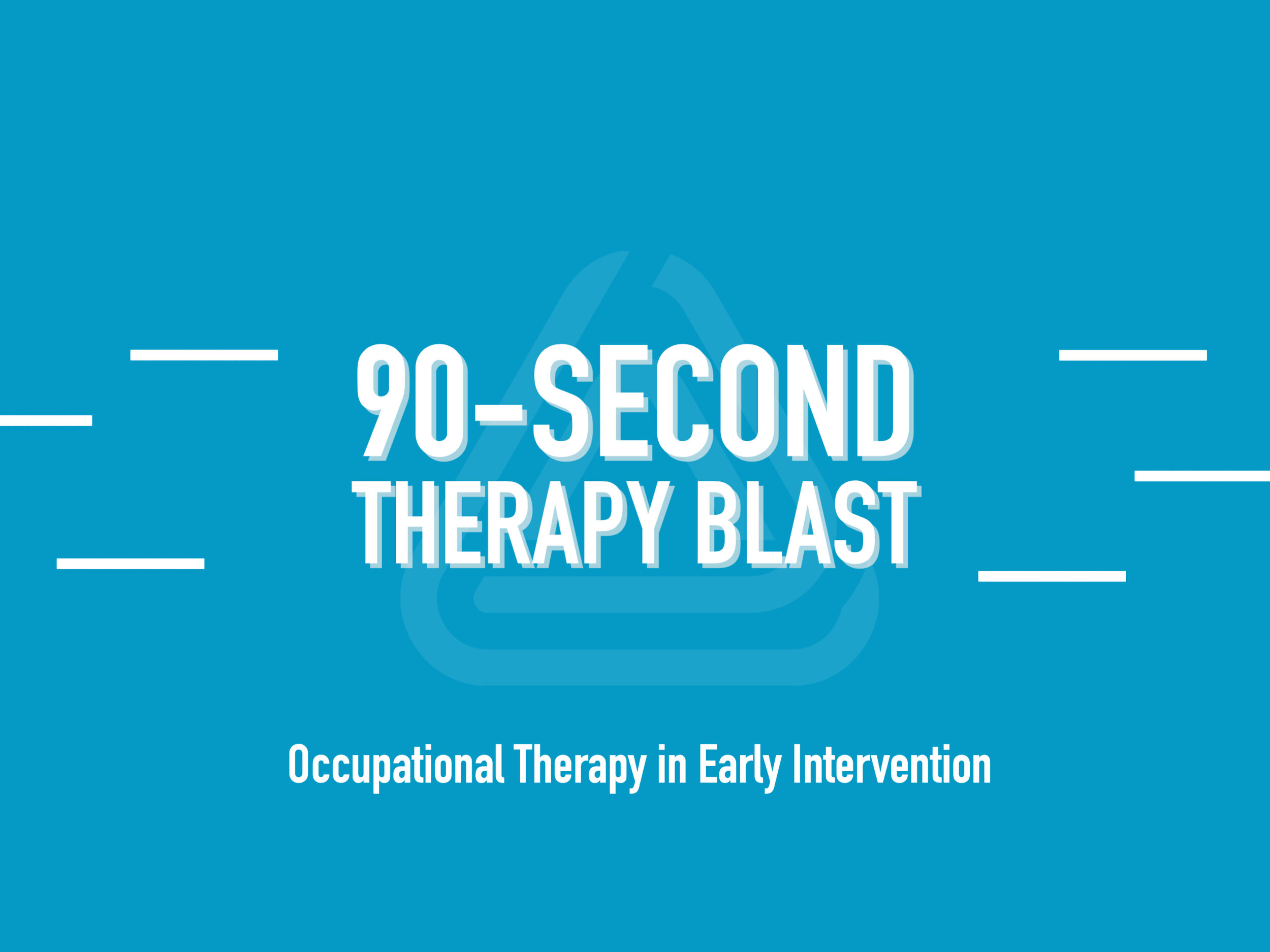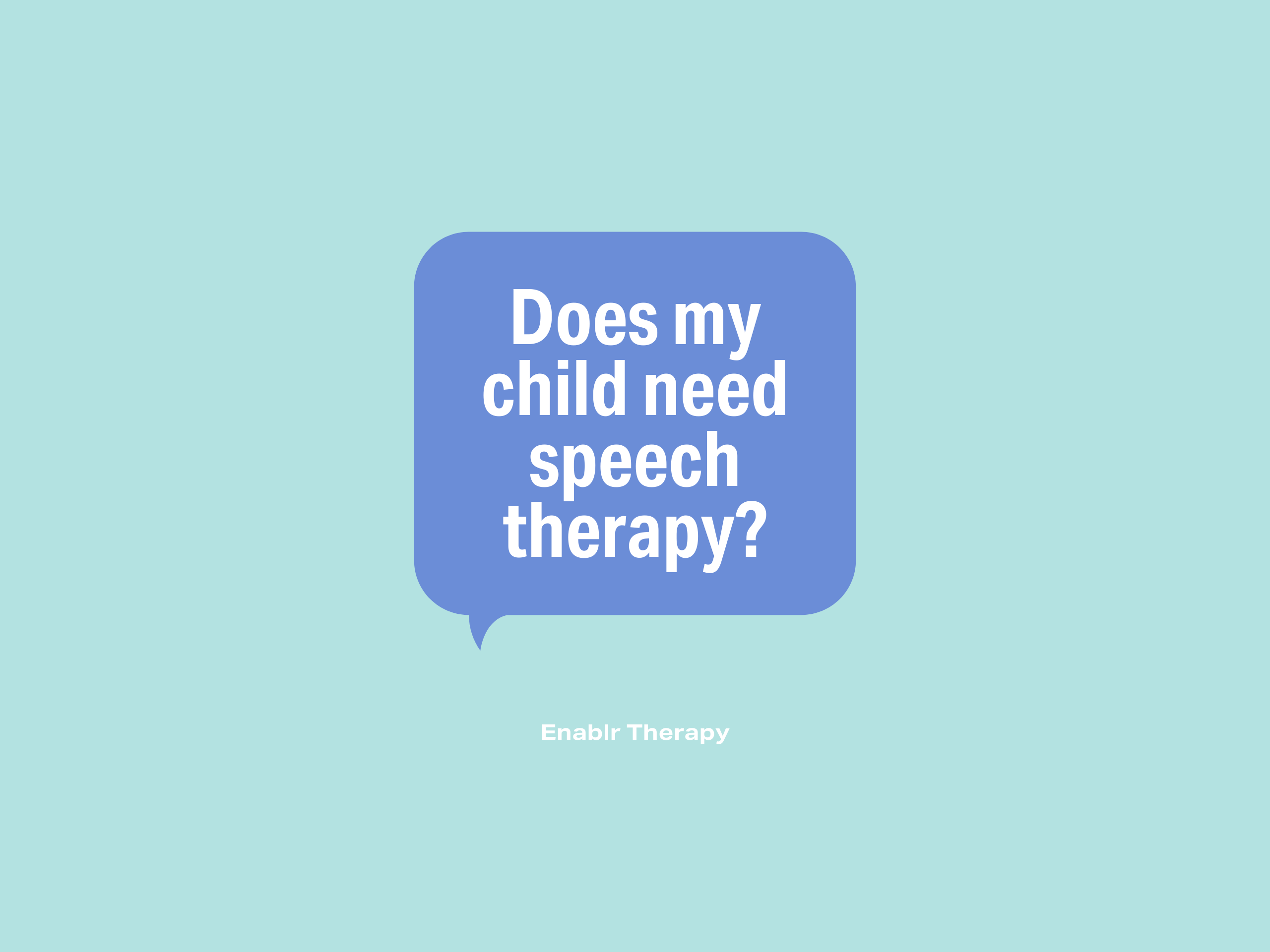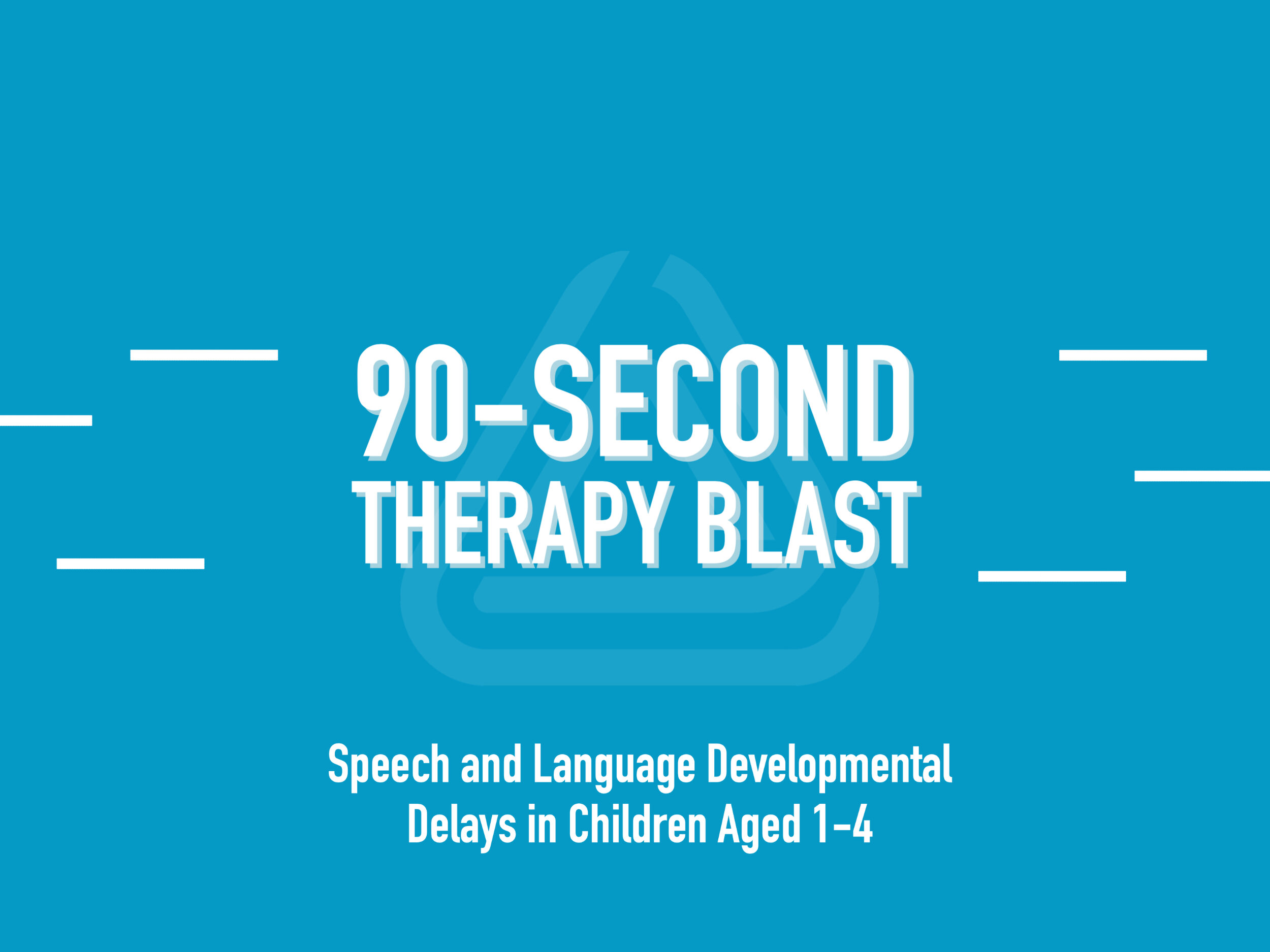Our Blog
At Enablr Therapy, we believe that everyone should have access to resources that help them thrive. We have compiled this collection of free articles to offer meaningful therapeutic insights from the Enablr team. To learn more about speech, occupational, or physical therapy, click on one of the blog posts below.
All
Topics
Topics
Speech
Therapy
Therapy
occupational
therapy
therapy
physical
therapy
therapy
Pediatrics/ School
All
Topics
Topics
Preparing for Your Child’s Online Evaluation
March 13, 2025
Online Physical Therapy: Is It Effective?
January 3, 2025
Speech Therapy with ChatGPT: Practical Tips and Strategies
November 19, 2024
Breaking the Stereotype: Opening Doors for Individuals with Down Syndrome
September 27, 2024
Your First IEP Meeting: 7 Tips For Success
April 29, 2024
So, Your Child Has Speech Sound Errors: Now What?
January 17, 2024
Caregiving: The Importance of Self-Care
January 10, 2024
Medical Versus Educational Therapy Models: Which is Better?
November 30, 2023
Holiday Gift Giving Ideas From Enablr’s Expert Therapists
November 23, 2023
A Parent’s Guide to Making Books Come Alive: Reading
June 12, 2023
504 Plans: Removing Barriers to Education
May 31, 2023
Early Literacy Skills and The SLP
May 15, 2023
Priming the Pump for Student Success!
April 6, 2023
Keep Calm and Carry On: Tips for Student Backpack Use
March 8, 2023
COVID Babies and Language Delays
January 10, 2023
Understanding the Benefits of Direct-Access Therapy
December 14, 2022
The Outdated “Wait and See” Approach
December 13, 2022
Daily Routines: A Survival Guide for Busy Families
October 5, 2022
What Is the Best Age for Speech Therapy?
September 20, 2022
Recess: A Vital Part of Learning
August 25, 2022
Determining Hand Dominance
August 19, 2022
Social Communication: It Isn’t Common Sense
August 5, 2022
Why Therapy In The Natural Environment Works
June 13, 2022
Home Evaluation: Customizing Your Home to Meet Your Needs
April 18, 2022
Fun Saint Patrick’s Day Activities
February 28, 2022
Autism: Celebrating Life Lesson Gifts
February 21, 2022
Finding Value: Making “Cents” of Cash-Based Therapy Services
February 5, 2022
Oncology Rehabilitation: Minding the Cancer Care Gap
January 20, 2022
Valentine’s Day Activities for the Heart and Hands
January 20, 2022
Walk Tall: Proper Fit and Use of Walking Devices – Cane or Walker
December 30, 2021
PECS: Flexing the Power of the Picture Exchange Communication System
December 20, 2021
Joints: Protection for Your Hands from Arthritis
December 11, 2021
New Year’s Review and Resolution Activity for Families
November 24, 2021
Finding Independence Through Finger Foods
November 17, 2021
Play Milestones: Playing the Part in a Child’s Development
November 3, 2021
Tips and Tricks for Traveling with Individuals with Special Needs
October 19, 2021
Sensory Tips To Make Halloween A Little Less Scary
October 19, 2021
Tearing Down Barriers for Individuals with Down Syndrome
October 19, 2021
Accent Modification
September 22, 2021
Low Tech Safety Devices That Help Seniors Be “Left To Their Own Devices”
September 22, 2021
Low Vision: Seeing Independence Through Adaptation
September 16, 2021
Aphasia: Talking about Problems Talking
August 31, 2021
Learning the ABC’s of Handwriting
August 26, 2021
Promoting Memory: You CAN Teach an Old Dog New Tricks
August 23, 2021
Using Self Care to Fine-Tune Your Voice
August 13, 2021
Arthritis… A Pain in the… Joint!
August 13, 2021
Overcoming the Fear of Falling
July 29, 2021
Scissor Use: Giving Preschoolers the Cutting Edge
July 26, 2021
Stuttering: Understanding Speech Development
July 26, 2021
Promoting Speech & Language Skills in Children
June 30, 2021
Eating: Typical Picky Eater? Or Problem Feeder?
June 30, 2021
Sensory Processing
June 18, 2021
Caring for Your Back and Neck
May 12, 2021
“Knee-d” to Know How to Care for your Knees?
May 12, 2021
Speech and Language Milestones: Relating to the World
April 20, 2021
Self-Care and Object Use Milestones: Nurturing Independence
April 20, 2021
What Does Online (Live-Video) Therapy Look Like?
April 14, 2021
Recovery From Injury or Illness
March 19, 2021
How Toys Play Into Skill Development
March 19, 2021
Exercise Routines: Seniors
March 19, 2021
Exercise Routines: Adults
March 19, 2021
Aging In Place
March 19, 2021
What Is Parent Coaching?
February 23, 2021
Preparing For Your Appointment With Enablr Therapy
January 12, 2021
What To Expect From A Live-Video Teletherapy Session
December 2, 2020
Enablr Therapy Hires Director of Therapy, Rachel Morris
December 2, 2020
Does My Child Need Speech Therapy? Speech Development
June 10, 2020
ENABLR THERAPY IS LIVE!
March 18, 2019
Speech
Therapy
Therapy
Preparing for Your Child’s Online Evaluation
March 13, 2025
Speech Therapy with ChatGPT: Practical Tips and Strategies
November 19, 2024
Breaking the Stereotype: Opening Doors for Individuals with Down Syndrome
September 27, 2024
So, Your Child Has Speech Sound Errors: Now What?
January 17, 2024
Caregiving: The Importance of Self-Care
January 10, 2024
Holiday Gift Giving Ideas From Enablr’s Expert Therapists
November 23, 2023
A Parent’s Guide to Making Books Come Alive: Reading
June 12, 2023
Early Literacy Skills and The SLP
May 15, 2023
COVID Babies and Language Delays
January 10, 2023
Understanding the Benefits of Direct-Access Therapy
December 14, 2022
What Is the Best Age for Speech Therapy?
September 20, 2022
Social Communication: It Isn’t Common Sense
August 5, 2022
Why Therapy In The Natural Environment Works
June 13, 2022
Autism: Celebrating Life Lesson Gifts
February 21, 2022
Valentine’s Day Activities for the Heart and Hands
January 20, 2022
PECS: Flexing the Power of the Picture Exchange Communication System
December 20, 2021
Finding Independence Through Finger Foods
November 17, 2021
Play Milestones: Playing the Part in a Child’s Development
November 3, 2021
Tips and Tricks for Traveling with Individuals with Special Needs
October 19, 2021
Accent Modification
September 22, 2021
Aphasia: Talking about Problems Talking
August 31, 2021
Promoting Memory: You CAN Teach an Old Dog New Tricks
August 23, 2021
Using Self Care to Fine-Tune Your Voice
August 13, 2021
Stuttering: Understanding Speech Development
July 26, 2021
Promoting Speech & Language Skills in Children
June 30, 2021
Eating: Typical Picky Eater? Or Problem Feeder?
June 30, 2021
Speech and Language Milestones: Relating to the World
April 20, 2021
What Does Online (Live-Video) Therapy Look Like?
April 14, 2021
What Is Parent Coaching?
February 23, 2021
Preparing For Your Appointment With Enablr Therapy
January 12, 2021
What To Expect From A Live-Video Teletherapy Session
December 2, 2020
Does My Child Need Speech Therapy? Speech Development
June 10, 2020
occupational
therapy
therapy
Preparing for Your Child’s Online Evaluation
March 13, 2025
Breaking the Stereotype: Opening Doors for Individuals with Down Syndrome
September 27, 2024
Caregiving: The Importance of Self-Care
January 10, 2024
Holiday Gift Giving Ideas From Enablr’s Expert Therapists
November 23, 2023
Understanding the Benefits of Direct-Access Therapy
December 14, 2022
Determining Hand Dominance
August 19, 2022
Why Therapy In The Natural Environment Works
June 13, 2022
Home Evaluation: Customizing Your Home to Meet Your Needs
April 18, 2022
Fun Saint Patrick’s Day Activities
February 28, 2022
Autism: Celebrating Life Lesson Gifts
February 21, 2022
Oncology Rehabilitation: Minding the Cancer Care Gap
January 20, 2022
Valentine’s Day Activities for the Heart and Hands
January 20, 2022
Joints: Protection for Your Hands from Arthritis
December 11, 2021
Finding Independence Through Finger Foods
November 17, 2021
Play Milestones: Playing the Part in a Child’s Development
November 3, 2021
Tips and Tricks for Traveling with Individuals with Special Needs
October 19, 2021
Sensory Tips To Make Halloween A Little Less Scary
October 19, 2021
Low Tech Safety Devices That Help Seniors Be “Left To Their Own Devices”
September 22, 2021
Low Vision: Seeing Independence Through Adaptation
September 16, 2021
Learning the ABC’s of Handwriting
August 26, 2021
Promoting Memory: You CAN Teach an Old Dog New Tricks
August 23, 2021
Arthritis… A Pain in the… Joint!
August 13, 2021
Scissor Use: Giving Preschoolers the Cutting Edge
July 26, 2021
Eating: Typical Picky Eater? Or Problem Feeder?
June 30, 2021
“Knee-d” to Know How to Care for your Knees?
May 12, 2021
Self-Care and Object Use Milestones: Nurturing Independence
April 20, 2021
What Does Online (Live-Video) Therapy Look Like?
April 14, 2021
How Toys Play Into Skill Development
March 19, 2021
Aging In Place
March 19, 2021
What Is Parent Coaching?
February 23, 2021
Preparing For Your Appointment With Enablr Therapy
January 12, 2021
What To Expect From A Live-Video Teletherapy Session
December 2, 2020
Enablr Therapy Hires Director of Therapy, Rachel Morris
December 2, 2020
physical
therapy
therapy
Preparing for Your Child’s Online Evaluation
March 13, 2025
Online Physical Therapy: Is It Effective?
January 3, 2025
Breaking the Stereotype: Opening Doors for Individuals with Down Syndrome
September 27, 2024
Caregiving: The Importance of Self-Care
January 10, 2024
Holiday Gift Giving Ideas From Enablr’s Expert Therapists
November 23, 2023
Keep Calm and Carry On: Tips for Student Backpack Use
March 8, 2023
Understanding the Benefits of Direct-Access Therapy
December 14, 2022
Determining Hand Dominance
August 19, 2022
Why Therapy In The Natural Environment Works
June 13, 2022
Home Evaluation: Customizing Your Home to Meet Your Needs
April 18, 2022
Oncology Rehabilitation: Minding the Cancer Care Gap
January 20, 2022
Walk Tall: Proper Fit and Use of Walking Devices – Cane or Walker
December 30, 2021
Joints: Protection for Your Hands from Arthritis
December 11, 2021
Play Milestones: Playing the Part in a Child’s Development
November 3, 2021
Tips and Tricks for Traveling with Individuals with Special Needs
October 19, 2021
Low Tech Safety Devices That Help Seniors Be “Left To Their Own Devices”
September 22, 2021
Arthritis… A Pain in the… Joint!
August 13, 2021
Overcoming the Fear of Falling
July 29, 2021
Caring for Your Back and Neck
May 12, 2021
“Knee-d” to Know How to Care for your Knees?
May 12, 2021
What Does Online (Live-Video) Therapy Look Like?
April 14, 2021
Recovery From Injury or Illness
March 19, 2021
How Toys Play Into Skill Development
March 19, 2021
Exercise Routines: Seniors
March 19, 2021
Exercise Routines: Adults
March 19, 2021
Aging In Place
March 19, 2021
What Is Parent Coaching?
February 23, 2021
Preparing For Your Appointment With Enablr Therapy
January 12, 2021
What To Expect From A Live-Video Teletherapy Session
December 2, 2020
Pediatrics/ School
Preparing for Your Child’s Online Evaluation
March 13, 2025
Your First IEP Meeting: 7 Tips For Success
April 29, 2024
So, Your Child Has Speech Sound Errors: Now What?
January 17, 2024
Medical Versus Educational Therapy Models: Which is Better?
November 30, 2023
Holiday Gift Giving Ideas From Enablr’s Expert Therapists
November 23, 2023
A Parent’s Guide to Making Books Come Alive: Reading
June 12, 2023
504 Plans: Removing Barriers to Education
May 31, 2023
Early Literacy Skills and The SLP
May 15, 2023
Priming the Pump for Student Success!
April 6, 2023
Keep Calm and Carry On: Tips for Student Backpack Use
March 8, 2023
COVID Babies and Language Delays
January 10, 2023
Understanding the Benefits of Direct-Access Therapy
December 14, 2022
The Outdated “Wait and See” Approach
December 13, 2022
Daily Routines: A Survival Guide for Busy Families
October 5, 2022
What Is the Best Age for Speech Therapy?
September 20, 2022
Recess: A Vital Part of Learning
August 25, 2022
Determining Hand Dominance
August 19, 2022
Social Communication: It Isn’t Common Sense
August 5, 2022
Fun Saint Patrick’s Day Activities
February 28, 2022
Autism: Celebrating Life Lesson Gifts
February 21, 2022
Valentine’s Day Activities for the Heart and Hands
January 20, 2022
PECS: Flexing the Power of the Picture Exchange Communication System
December 20, 2021
New Year’s Review and Resolution Activity for Families
November 24, 2021
Finding Independence Through Finger Foods
November 17, 2021
Play Milestones: Playing the Part in a Child’s Development
November 3, 2021
Tips and Tricks for Traveling with Individuals with Special Needs
October 19, 2021
Sensory Tips To Make Halloween A Little Less Scary
October 19, 2021
Tearing Down Barriers for Individuals with Down Syndrome
October 19, 2021
Learning the ABC’s of Handwriting
August 26, 2021
Scissor Use: Giving Preschoolers the Cutting Edge
July 26, 2021
Stuttering: Understanding Speech Development
July 26, 2021
Promoting Speech & Language Skills in Children
June 30, 2021
Eating: Typical Picky Eater? Or Problem Feeder?
June 30, 2021
Sensory Processing
June 18, 2021
Speech and Language Milestones: Relating to the World
April 20, 2021
Self-Care and Object Use Milestones: Nurturing Independence
April 20, 2021
How Toys Play Into Skill Development
March 19, 2021
What Is Parent Coaching?
February 23, 2021
Does My Child Need Speech Therapy? Speech Development
June 10, 2020




